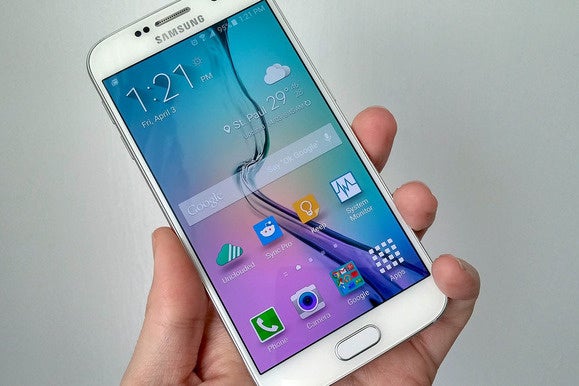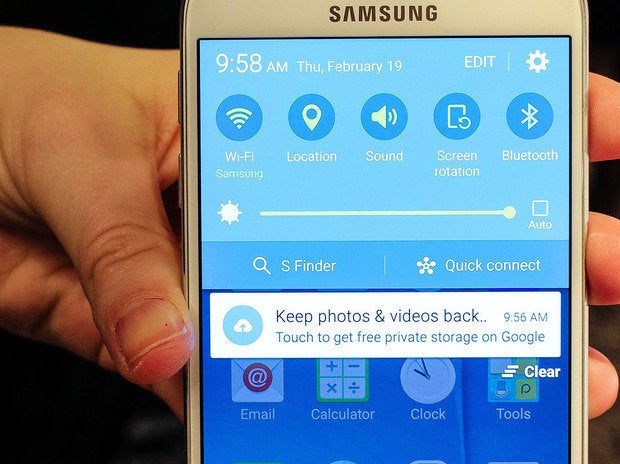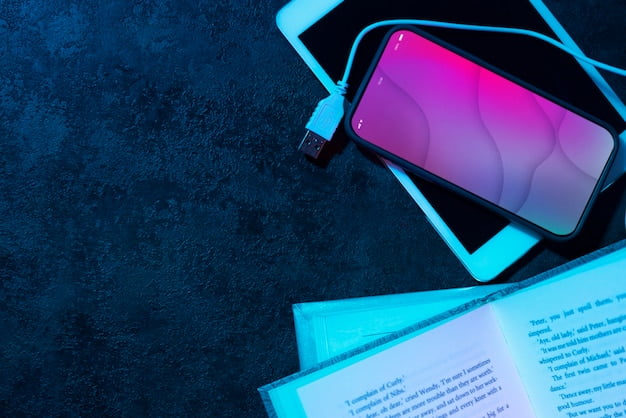
This isn’t just a Samsung problem. Apple is also feeling the pressure—in his earnings call last week, Tim Cook downplayed the fact that iPhone sales are expected to decline in the forthcoming quarter. It looks like this is going to be a popular theme expressed by other smartphone manufacturers throughout the year.
So why are device manufacturers expecting a slowdown in new phone purchases, and what can they do to reverse the tide? How can Samsung and all the other manufacturers get users excited about purchasing another high-end phone?
The best is already here
Let’s be clear: Samsung’s Galaxy S6 and Galaxy S6 Edge are two of the best smartphones ever. They’re a genius combination of modern design, solid camera functionality, and exclusive treats like Samsung Pay, which you can use to buy stuff almost anywhere you shop.
 FLORENCE ION
FLORENCE IONThe upshot is there might be no reason to upgrade if the Galaxy S6 is already your daily driver. Indeed, if the latest Galaxy S7 rumors are to be believed, the most noteworthy improvements will be a bump in battery size and 3D Touch-like features. Neither update screams “I have to have this!”
The same goes for LG, Motorola, and even quiet little Sony: These manufacturers have already put their best foot forward with their current devices. You can go to LG for a stellar camera experience. You can go to Motorola for the best value. And you can go to Sony if you’re curious about experiencing something totally offbeat, like a 4K display on a 5.5-inch screen.
So how much more can these companies iterate if they’ve already delivered so much? Marginal improvements in core hardware performance and a shinier chassis isn’t enough incentive for someone to dump a perfectly good phone and buy a new one.
You probably don’t even need a flagship
 FLORENCE ION
FLORENCE IONA stellar selection of budget phones is also siphoning attention away from the manufacturer flagships—and this can certainly hurt sales of the high-margin phones that generate the most buzz. In 2016, you don’t have to fork over hundreds of dollars for a phone to get you through the year. Now you can nab something wonderful from Motorolafor a mere $400 unlocked: The Moto X Pure Edition offers stellar camera performance, a durable chassis, and frequent Android software updates. That’s a steal compared to what you’d get at your carrier store for Samsung’s latest flagship, even with a subsidy.
So, if Samsung is looking for high profit margins to help its financial picture, it’s not going to find them in the current environment—at least not this year. A company like Apple can shift its focus to other parts of its device business because it doesn’t have as much competition to worry about—in terms of marketshare, iOS is in a category of its own. But Samsung is going up against other major Android players, like Motorola (with Lenovo behind it) and Huawei, which is finally gaining mindshare in the U.S.
Samsung can’t risk its spot as Top Dog with an underwhelming product launch this spring, so it has to innovate.
But what does innovation look like?

There’s a very good chance you’ve already got great hardware in your pocket. So whatcan a manufacturer do to convince you to part with your hard-earned money for yet another phone upgrade? The NextBit Robin is a great example of how a company can differentiate itself by offering clever (if simple) solutions to common problems.
The Robin’s version of Android will back up applications and other types files you don’t often use into the cloud, and store them until you’re ready to access them again. This will help ensure that the necessarily limited amount of hard storage you have available isn’t overloaded with files and folders you don’t always need. Beyond that, the Robin’s narrow, angular design is a nice alternative to all the curvy metal bodies currently en vogue. It’s nice to see something completely different, and the Robin offers a surprising design.
The Robin tells us that to make consumers pay attention again, you have to offer something fresh and meaningful, something that will make a real impact on their mobile lives. The Robin approach taps into the cloud in a new, novel way, but other manufacturers might do well to turn to software to find freshness.
Software: It’s the new hardware
The rumor mill says LG is readying dual displays for its next flagship phone. Samsung, meanwhile, is expected to include a pressure-sensitive display for the Galaxy S7. Both displays might sound innovative during a press conference, but they’re unlikely to move anyone’s emotions, let alone spike a wave of upgrades.

So what do you do when you’ve run out of hardware tricks? You double-down on software, and focus on reducing all the friction and pain points of simply owning a phone.
Samsung, LG, and the rest of the Android manufacturing brood need to focus on software features that help users in profound, surprising, and meaningful ways. For instance, Samsung could start by completely overhauling TouchWiz—literally throw out everything we know about the interface, and shock us with a new look and functionality. Imagine the oohs and ahhs if Samsung made that the anchor point of its Mobile World Congress presentation. (“We’ve heard your pleas! No more blue!”)
Right now, just showing us a better camera sensor, slightly better manufacturing materials, and a better processor doesn’t scream “I’ve got to have this!”
Everyone else can follow suit by eliminating all the awful bloatware and weird camera add-ons—like Sony’s AR effects—and instead opt for features that actually solve problems. Users consistently complain that their phones can’t last through the day, so why not overhaul battery controls in a high-impact way? We need something similar to what Android Marshmallow already offers, but more refined, more powerful, and more resonant with the user experience. Rather than having to tap your way around the Settings panel, the battery optimization options should be blatant, easy to find, and simple to understand.
This would leverage something Android already offers, while also putting a manufacturer in the spotlight for besting Google in the user-friendliness department.
With Mobile World Congress around the corner, it will be interesting to see what the Android manufacturers announce in their attempts to convince us to buy yet another phone when we already have such great ones in our pockets. Sadly, I doubt we’ll experience the same splash as last year. In 2015, every new flagship phone launch felt like the best phone the company was capable of making. This year, incremental improvements aren’t going to move smartphone sales. So hopefully the manufacturers will come up with something bold before we lose interest.
[“source -pcworld”]


